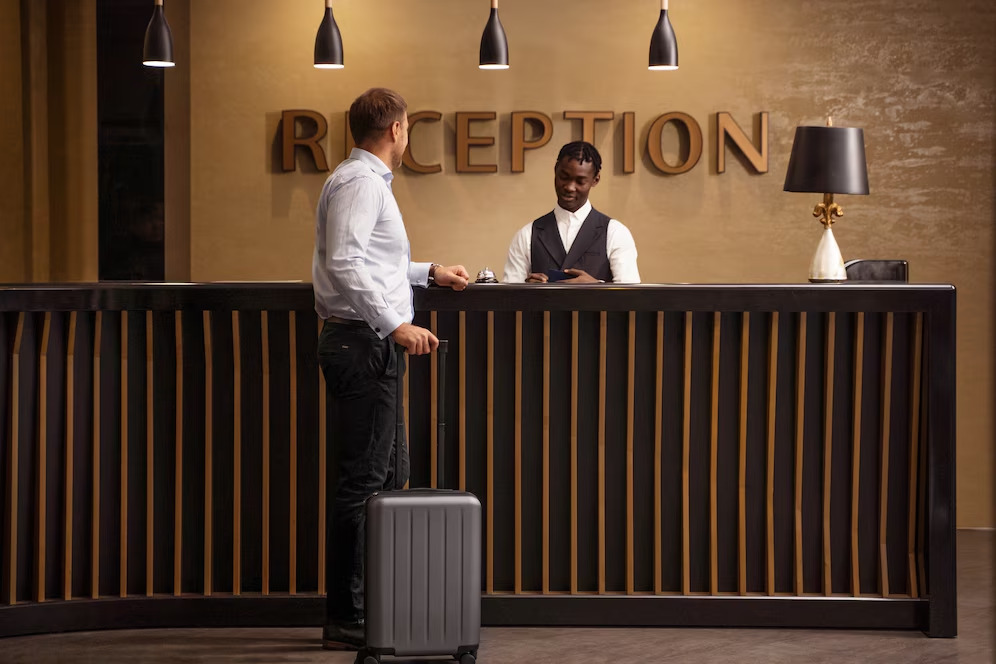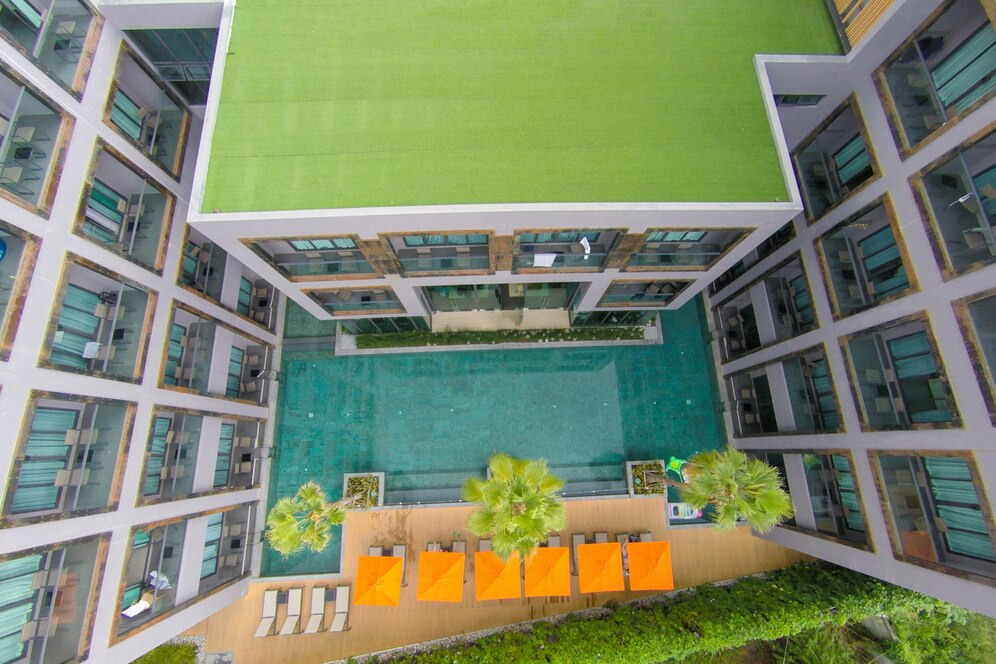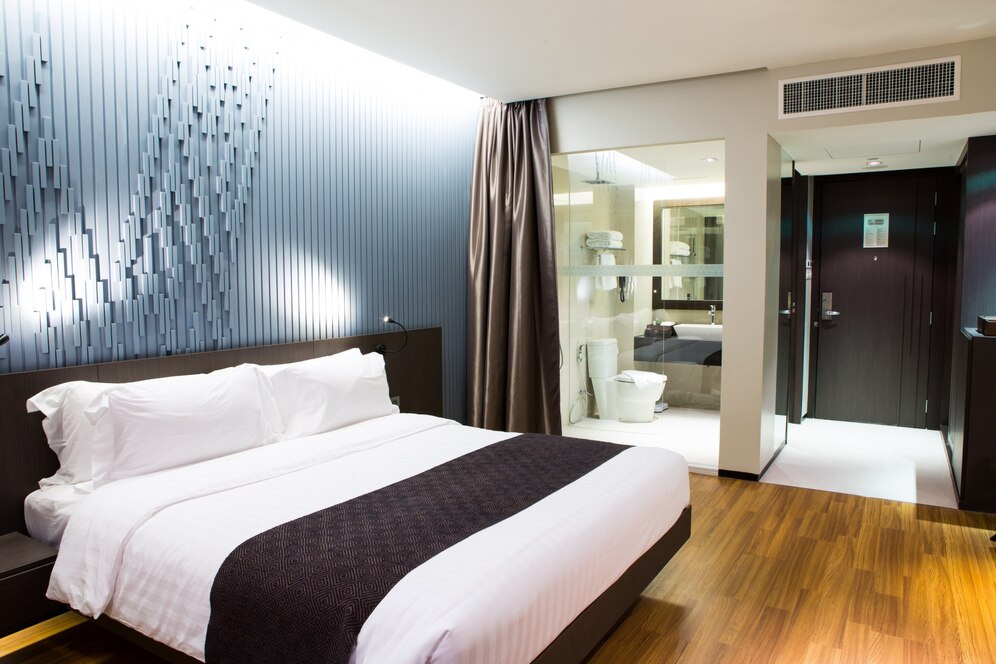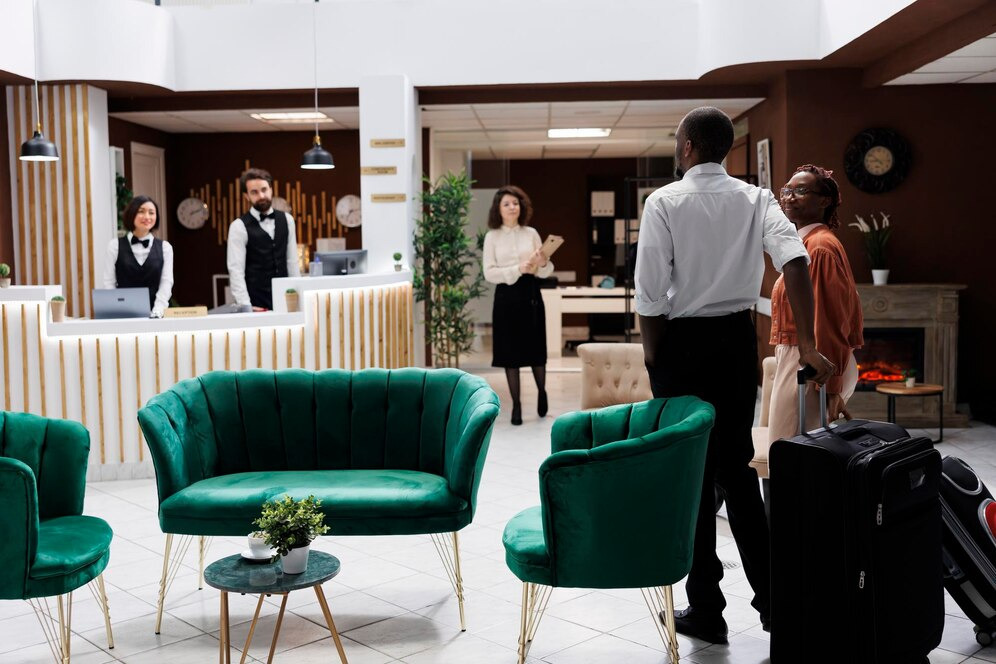
Sustainability is a hot-button term in modern society, but few people truly understand all aspects of what it takes to create a sustainable structure. Building a sustainable facility requires balancing energy efficiency with durability to limit ongoing resource consumption. It also requires choosing materials that are easy to work with, as the construction process is an often-overlooked aspect that contributes to a building’s environmental footprint. These challenges are magnified in Arizona, where extreme heat and seasonal monsoon weather can truly put structures to the test. As a state that attracts millions of visitors each year, hotels and resorts feel this pressure as much as any type of commercial facility. To help sort through the challenges on the path to eco-friendliness, keep reading as we explore some of the best ways to create sustainable hostility facilities in Arizona.
Functional Exteriors

One of the premier means of creating a sustainable facility is by leveraging exterior space as much as possible. When patrons are able to step outside and enjoy the natural environment, they will rely less on conditioned interiors to pass the time of day. This is especially relevant in Arizona, where the warm, relaxing atmosphere lends itself to being outside for much of the year.
One major trend in creating functional exteriors is through the implementation of rooftop decks. A roof deck is a great way for a building in a crowded urban area to maximize every square inch of available space when there is not a lot of adjacent lawn area to work with. Some of the more advanced green roofing solutions even use the rooftop garden or living roof concept, which can improve insulation, reduce the amount of toxic water runoff, and limit the urban heat island effect.
Increased Window Area
As one of the sunniest states in America, buildings in Arizona are uniquely positioned to leverage natural light to reduce the consumption of electricity. One of the best ways to accomplish this is by installing greater window area in the structure’s building envelope. However, it is important to remember that while more window area can allow for the transmission of more natural light, the incessant UV exposure may cause some types of window framing to break down prematurely. As such, opt for steel or aluminum window frames to guarantee that no degradation in the window framing leads to unwanted air transfer. In addition, be sure to have awnings and window treatments to accompany the windows for better heat control during the height of the Arizona summer.
Durable Fixtures

Hotels and resorts see people coming and going at all hours of the day. This means people will be opening doors, sliding down railings, and turning faucets around the clock. As such, it is critical to install the most durable commercial railings, door knobs, sink fixtures, and drawer pulls to reduce the amount of resources required for maintenance and upkeep in these high-wear areas. Stainless steel is a favorite option for commercial spaces, but black metal is an increasingly trendy option for the touch of elegance it lends to the space.
Customizable Spaces
When operating a hotel or resort in Arizona, hosting conferences is a major function. Businesses in colder climates love the warm Arizona sun as a desired getaway for institutional get-togethers. Therefore, it is paramount that the facility lends itself to efficient customization. Open interiors, demountable partitions, and acoustic wall panels are a few of the features that can help a hospitality building quickly reconfigure space without consuming a vast amount of resources in the process.
Heavy Duty Flooring

Hotels and resorts will experience a greater deal of foot and machine traffic than standard residential structures. As such, it is vital to choose heavy-duty flooring options, a la epoxy terrazzo or polished concrete, to withstand the added wear and tear. These flooring materials have amazing load bearing capacity and tensile strength, ensuring they remain in top condition no matter what types of forces with which they are confronted, greatly reducing repair and maintenance requirements over time. They also can be finished in a wide array of colors and designs to complement any type of interior ambience.
Air Quality Controls
In the wake of the COVID-19 pandemic, air quality in commercial buildings has risen to the top of management’s priority list. From sanitizing air that may contain harmful pathogens to construction dust control practices that will limit bouts of asthma and bronchitis, modern resorts do not want their facility catching the blame for another public health crisis.
However, air quality controls have utility far beyond the realm of public health. They also play a significant role in creating an eco-friendly structure. Architectural louvers installed in the walls, decorative screen panels in front of sliding glass doors, and backdraft dampers in the HVAC ducts can guarantee a more efficient flow of air and reduce the energy required for creating comfortable interiors for guests.
The Most Sustainable Practices in Arizona’s Hospitality industry
Arizona is one of the leading states in America for tourism and hospitality. However, thanks to its extreme heat and seasonal weather, it can also be one of the more challenging states for creating sustainable hospitality structures. By carefully considering the ideas listed above and the other resources at Arizona Foothills Magazine, you can give yourself a major leg up on creating hotels and resorts with a minimal environmental footprint!
